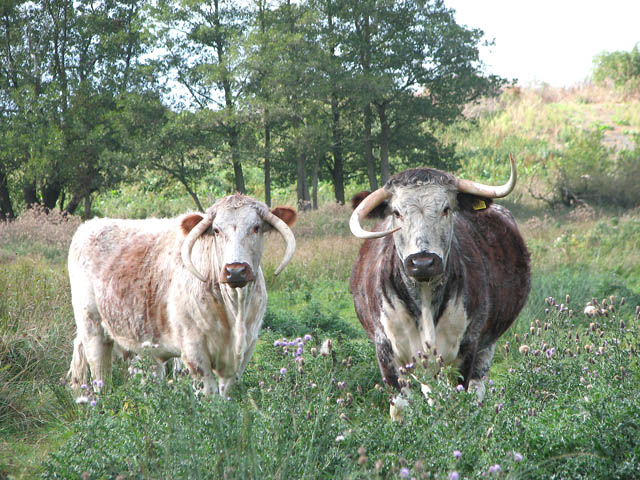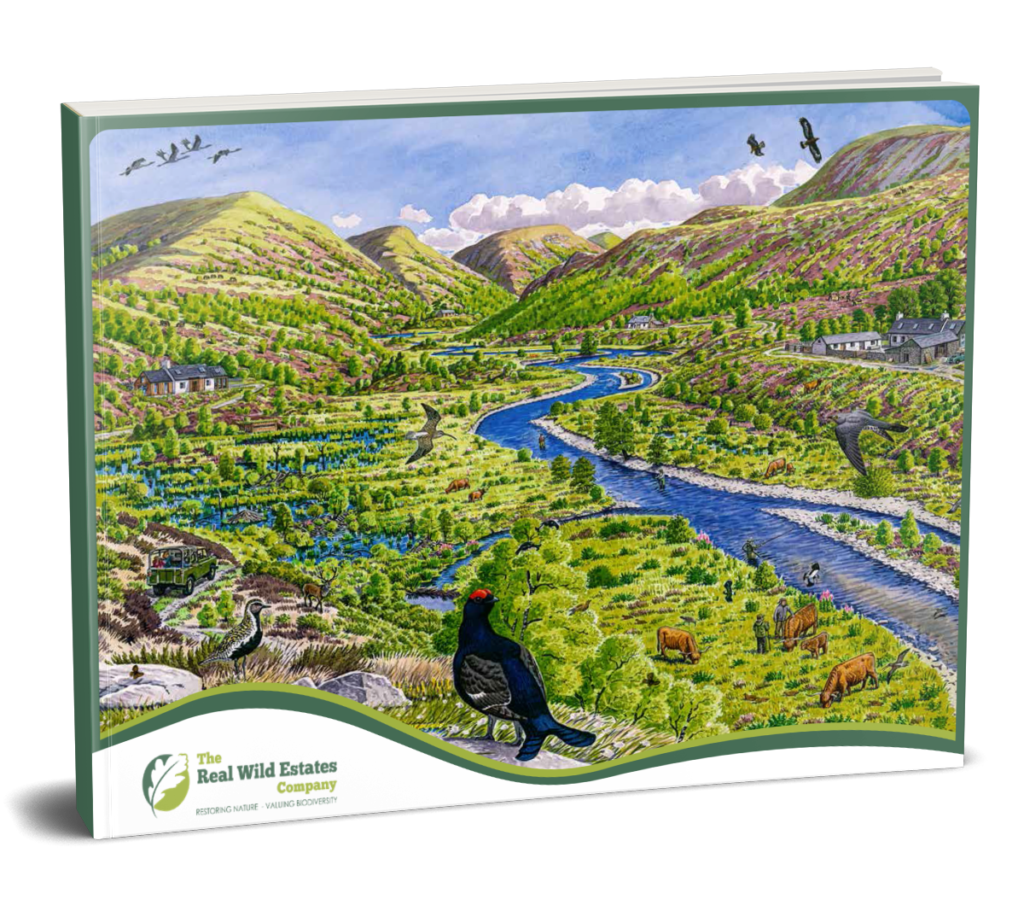Land management is a critical issue in today’s world, as we strive to find sustainable solutions for preserving our natural resources. Have you ever heard of conservation grazing? It is an innovative approach that not only helps maintain the health of ecosystems but also provides numerous benefits for farmers and the environment.


Conservation Grazing

What is conservation grazing?
Conservation grazing is a land management practice which involves the controlled grazing of livestock, typically rare-breed herbivores such as cattle or horses. This practice helps to maintain and enhance the biodiversity and ecological health of landscapes and is often employed within wider restoration strategies as a way of mimicking the historical grazing patterns of native wildlife.
Speak to us today about enhancing nature restoration on your farm.
Key characteristics of conservation grazing
Strategically placing grazing animals in certain areas at certain times to target and manage vegetation, including dominant, invasive or non-native plant species helping to maintain a diverse plant community.
Restoring and managing grasslands, wetlands, heathlands, and woodlands and wood pasture.
Promoting diversity of plant species within an ecosystem, which subsequently supports a wide range of wildlife. The action of grazing creates a mosaic of different heights, ages and structures, providing habitat and food sources for various invertebrates, mammals and birds.
Reducing the accumulation of dead plant material. Whilst this provides vital habitat, it can also pose a fire hazard in some ecosystems. By grazing and trampling vegetation, herbivoress help to decrease the risk of wildfires.
Conservation grazing also supports soil health by maintaining the nutrient cycle through deposition of urine and dung, and by reducing compaction of the soil.
Examples of Conservation grazing in habitats across the world
Grasslands
Semi-wild Konik Ponies are used for grazing and managing the Oostvaardersplassen in the Netherlands, helping to maintain a diverse plant community and providing habitat and food sources for numerous invertebrate, bird and small mammal species.
Heathlands and Moorlands
Exmoor ponies graze heath and moorlands, helping to control heather growth in the UK
Wetlands and Riparian Zones
In many regions of North America such as the Great Plains and the Midwest, cattle are used for conservation grazing in riparian regions to reduce invasive species and improve water quality and aquatic habitats.
Balancing nature recovery with business viability ensures returns for nature and for you.

Download our brochure to learn more about our services
Please complete all the details below. Your data is subject to our Privacy policy here.
"*" indicates required fields